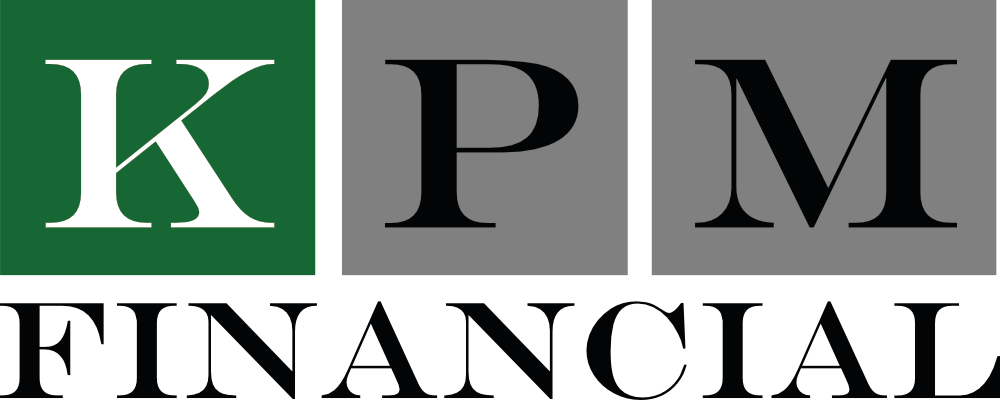Agency Cap Replacement Reserves are Stressing Debt Service
Freddie Mac Rate Cap Escrow Deposits
Freddie Mac requires Borrowers to initially purchase a 2- or 3-year rate cap. They also determine the cost of purchasing a replacement 2-year cap and require the Borrower to make monthly deposits – equal to 1.25x the cost of the replacement cap – into escrow over the life of the original cap (e.g. – 24 monthly deposits if the original cap is 2 years).
The methodology for pricing the replacement cap is a 2-year cap beginning today rather than a 2-year cap that begins at the maturity of the original cap. In a traditional, upward sloping yield curve environment, this methodology works well for Borrowers since a forward cap is typically more expensive than a cap starting today (or “spot” starting cap). With today’s steeply inverted yield curve, a 2 year forward 2-year replacement cap is roughly half the cost of a spot starting 2-year cap (not to mention the additional 1.25x).
For many Borrowers the monthly escrow deposit into the replacement cap reserve account is straining or even destroying debt service coverage. The only way to eliminate the escrow requirement is to purchase a cap that covers the loan to the Maturity Date. There is no easy solution to solve this problem, but there are some methods that can be considered:
Use Reserves: If there are enough funds in reserve, consider purchasing a forward cap today that will take the protection all the way to the Maturity Date. In many cases this cap is significantly less expensive than the calculated replacement cap and will eliminate the need for future monthly escrow reserve deposits. Even extending the cap maturity a few years will spread the escrow requirement over a longer period.
Shorten Cap: If the original cap was 3 – 4 years and still has more than one year left, consider shortening the cap. Depending on the terms of the original cap and when it was purchased, this may create a significant premium to the Borrower that can be used to front-load the escrow reserve deposit. This is only a temporary fix and, if rates continue to increase, may delay the cashflow problem.
Increase Strike: If the original cap strike is well below the maximum strike authorized by Freddie Mac and is currently deep in-the- money, the cap can be amended to increase the strike – and potentially combined with other alternatives – to generate a premium. This premium can be used to front-load the escrow reserve deposit. Again, this is only a temporary fix and, if rates continue to increase, may only delay the cashflow problem. Additionally, the ongoing debt service will increase if the in-the-money cap strike is increased.
